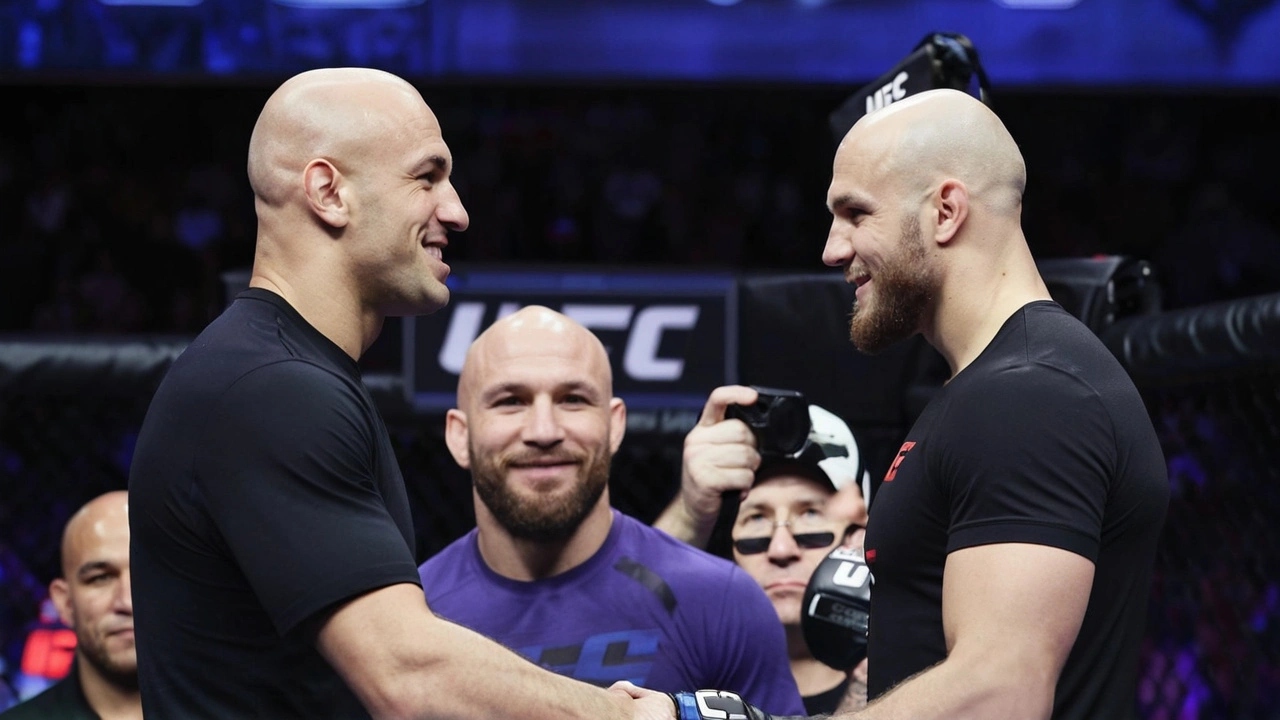MMA Fighting: What You Need to Know Before Your First Class
MMA isn't just chaos in a cage — it's a mix of striking, wrestling, and submissions. If you want to watch smarter or try it yourself, focus on basics: rules, safety, and how training works. This page gives clear, practical steps you can use right away.
Quick primer: rules, rounds, and stoppages
Most pro MMA follows unified rules: three 5-minute rounds (title fights are five rounds). Legal strikes include punches, kicks, elbows, knees (with some limits). Illegal moves include eye gouging, groin strikes, and small-joint manipulation. Fights stop if a referee sees a fighter can't defend, or after a submission tap, knockout, or doctor stoppage. Knowing these keeps you calm when the action looks wild.
Scoring is usually on a 10-point must system. Judges score each round based on effective striking, grappling, and octagon control. That’s useful to remember when a fight feels close — damage and control matter more than aggression alone.
How to start training (no ego, just progress)
Pick a gym that teaches MMA, not just one coach doing everything. Look for classes in at least three areas: striking (boxing/kickboxing/Muay Thai), grappling (wrestling or Brazilian Jiu-Jitsu), and mixed MMA sessions. Visit during class time, watch how coaches treat beginners, and see if safety gear is required.
Begin with fundamentals: stance, basic punches and kicks, posture for takedowns, and basic guard/sweeps on the ground. Expect the first few months to feel awkward — that’s normal. Train two to three times a week, alternating striking and grappling. Add one conditioning session: short sprints, bodyweight circuits, or jump rope.
Gear checklist: mouthguard, hand wraps, gloves (glove rental is common), shin guards for striking, and a rashguard or gi for grappling classes. Don’t overspend early — buy quality basics, upgrade later when you know your size and style.
Safety tip: tap early on submissions. Tapping isn’t weak — it keeps you in the game for the next session. Communicate with training partners and tell coaches about injuries or concerns.
MMA has huge African talent — fighters like Israel Adesanya, Kamaru Usman, and Francis Ngannou helped make the sport popular across the continent. That means more local gyms, competitions, and kids taking up the sport. If you’re in Africa, ask gyms about local amateur shows to get real experience once you’re ready.
Want to watch fights smarter? Look for momentum shifts: who's landing cleaner strikes, who controls takedowns, and who’s scoring from top position. Those things win rounds more often than volume of punches.
If you're ready to start, visit a reputable gym, train consistently, protect yourself, and pick goals: fitness, competition, or just learning. MMA rewards patience and smart practice — not flash. Ready to try your first class?
UFC 304 Fight Card and Predictions: How to Watch Leon Edwards vs. Belal Muhammad in Manchester
UFC 304 is set for July 27, 2024, at Co-op Live in Manchester, England, with a welterweight title clash between Leon Edwards and Belal Muhammad headlining the event. Edwards is favored to win, with a co-main event featuring Tom Aspinall and Curtis Blaydes in a heavyweight bout. The event will air on ESPN pay-per-view in the US.
